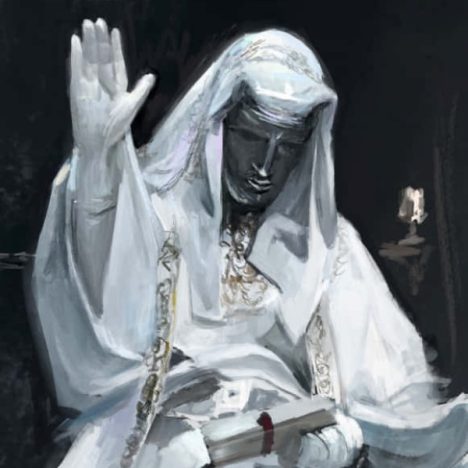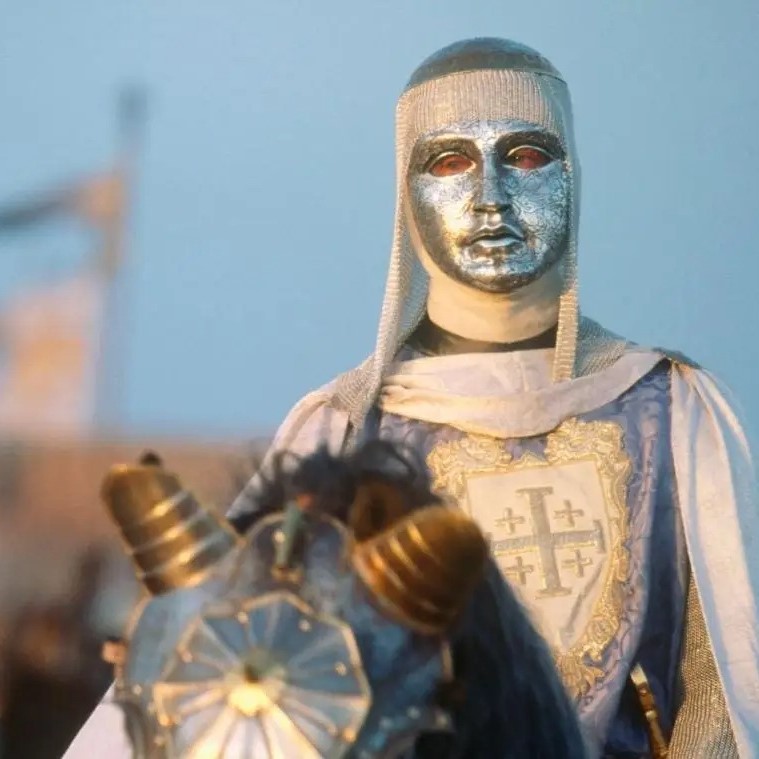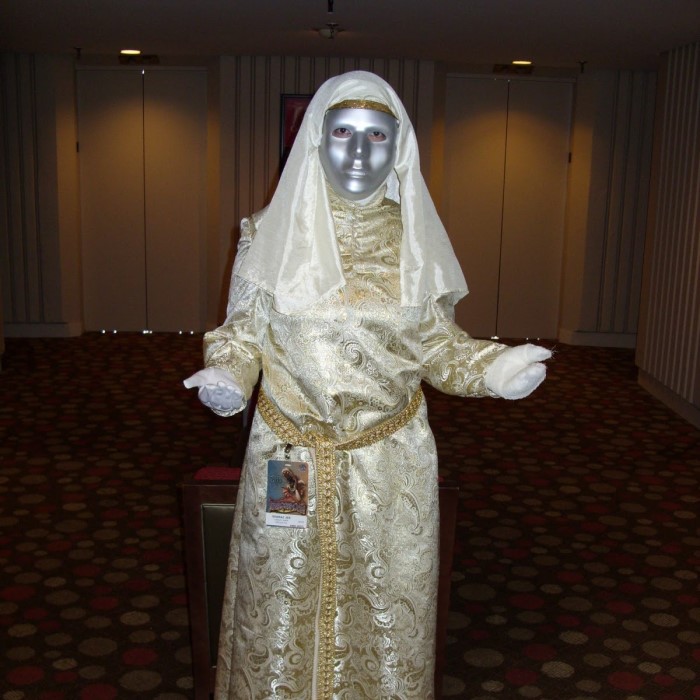Contents
Introduction
The king baldwin costume holds a significant place in historical events and reenactments. Revered for its rich history, King Baldwin IV of Jerusalem was a notable figure in the Crusades era. His life story, marked by bravery and challenges, offers a captivating theme for costume enthusiasts. Whether for a historical reenactment, a themed event, or simply celebrating medieval history, the King Baldwin costume is a must-try. In this article, we will explore various king baldwin costume ideas for historical reenactments, guide you on creating an authentic king baldwin costume for events, and discuss the DIY king baldwin costume guide. Additionally, we’ll cover where to buy a king baldwin costume and the best accessories for king baldwin costume to complete your look.
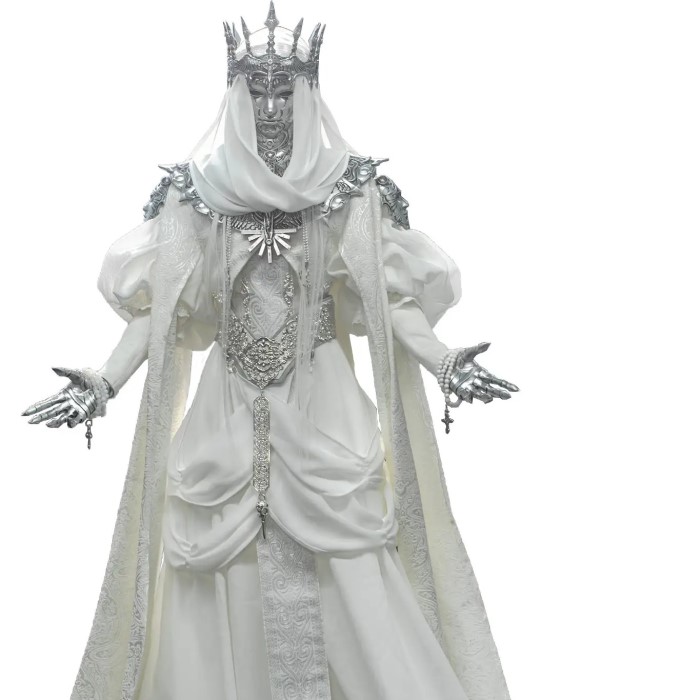
Understanding King Baldwin IV: A Brief History
Before diving into costume details, it is essential to understand who King Baldwin IV was and why his story matters. Born in 1161, Baldwin IV became king of Jerusalem at a young age. His reign was characterized by the struggle against Saladin, a formidable adversary during the Crusades. Despite his leprosy diagnosis, which significantly impacted his personal life, Baldwin IV’s strength and determination were legendary. He managed to unite the Christian forces in the Holy Land, highlighting the themes of bravery and leadership.
When dressing as Baldwin IV, it’s crucial to capture not just the appearance but also the essence of this historical figure. This context allows costume wearers to embody a character who faced remarkable challenges and demonstrated unwavering courage.
Key Elements
To create an authentic King Baldwin costume, several key elements must be considered. Each detail contributes to the overall effect, allowing wearers to embody the spirit of this legendary monarch.
- Tunic and Armor: The base of the costume typically includes a tunic. In Baldwin’s case, the tunic would have been made from fabrics like wool or linen. You may also consider adding chainmail or metallic embellishments, which represent the armor of the era, adding both authenticity and an imposing presence.
- Cloak or Cape: A richly colored cloak adds depth to the costume. It should complement the tunic while reflecting the style of royal dress from the medieval period. Look for fabrics that drape well and can enhance the regal aspect of your outfit.
- Crown or Headpiece: Baldwin IV was a king, and thus, incorporating a crown is essential. A simple, yet elegant headpiece adorned with jewels can signify royalty. Crowns can be crafted from metal or faux materials, enabling you to find an option that fits your budget.
- Footwear: Appropriate footwear is vital. Look for leather boots that resemble what a medieval king might have worn. These should be both comfortable for movement and reflective of the fashion of the time.
- Accessories: Don’t overlook the power of accessories. Belts, swords, and even shields may help to elevate your costume to the next level. These items will enhance your portrayal and connect with the historical significance of King Baldwin.
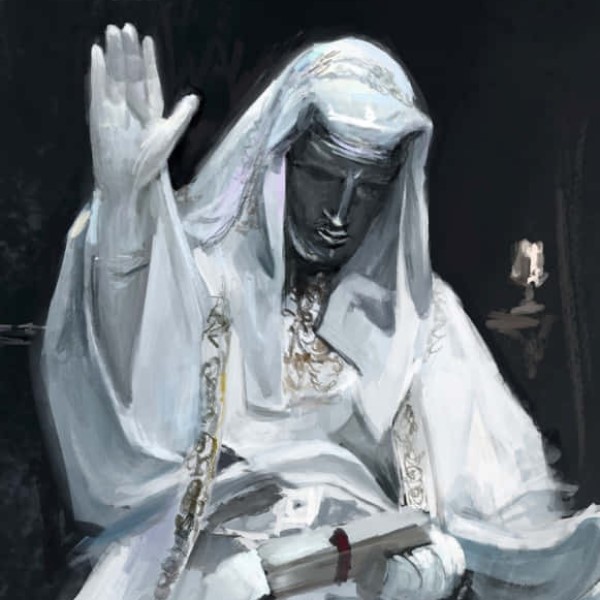
Understanding these components allows you to assemble a recognizable and impactful authentic king baldwin costume for events.
DIY Costume Guide
For those looking to save money while still achieving an authentic and striking look, creating a DIY King Baldwin costume is a fantastic option. Follow these simple steps to bring Baldwin IV to life:
Materials Needed
- Fabric: Start by gathering fabric for the main components of your costume, including the tunic and cloak. Opt for lightweight yet durable fabrics that will allow for movement and comfort.
- Footwear: Consider using faux or real leather for creating footwear that complements the costume. Ensure they are sturdy and suitable for wearing over an extended period.
- Armor Details: Collect metallic paint for adding realistic touch to any armor elements you will be crafting. This paint will help simulate a metallic finish on various materials.
- Crown or Headpiece: Don’t overlook the importance of a crown or headpiece to complete your regal look. Whether you decide to buy one or make it yourself, it should align with the overall aesthetic of your costume.
Crafting the Tunic
- Pattern Design: Begin by cutting the fabric into the desired shape for the tunic. Aim for a knee-length design that provides a classic silhouette suitable for your character.
- Sleeve Style: Consider incorporating long sleeves to enhance the authenticity of your design. You might also add some flair at the hem to create a more dynamic and elegant appearance.
- Color Selection: Choose a color that fits both the narrative and historical context you are embodying. Rich tones such as deep blue, burgundy, or other period-appropriate colors will enhance the costume’s visual impact.
Creating the Cloak
- Fabric Size: Select a larger piece of fabric for the cloak, ensuring it drapes elegantly and flows well behind you as you move.
- Cloak Closure: Attach a clasp or fastening mechanism that secures the cloak around your shoulders. Make sure it is easy to adjust and fits comfortably, allowing you to wear it without restriction.
- Length Consideration: The length of the cloak should extend from your shoulders down to the ground. This dramatic length will add grandeur to your costume and emphasize your character’s stature.
Assembling Armor
- Lightweight Materials: Use materials such as cardboard or craft foam to create lightweight armor pieces that won’t hinder your mobility.
- Design Crafting: Cut out shapes that resemble armor plates or mimic a chainmail effect. Consider varying the shapes for a more authentic look.
- Paint Application: Once shaped, apply metallic paint to these armor elements to give them a realistic appearance. Use shades that will best reflect light and catch the eye, enhancing the overall look.
- Attachment Points: Secure the armor pieces to your tunic at strategic locations, such as the shoulders, chest, or arms, for a genuine armored effect and better visual appeal.
Finishing Touches
- Crown and Headpiece: Finally, either craft a crown or purchase one that fits your character’s persona. It should be a statement piece that ties the entire costume together.
- Footwear Options: Find or create suitable footwear that matches the style of your costume. Ensure they are comfortable enough to wear for long periods while still looking visually appropriate.
- Sword Selection: For an added element of authenticity, incorporate a sword into your costume. You can either use a toy replica or craft your own using lightweight materials, ensuring it’s safe and easy to handle while still adding to the overall look of your outfit.
This DIY king baldwin costume guide ensures that you can achieve a remarkable look while still being budget-friendly.
Where to Buy a King Baldwin Costume
If crafting a DIY costume isn’t feasible or if you want an authentic look without the effort, there are many places to purchase a king baldwin costume. Here’s where to look:
- Costume Shops: Local costume shops often carry period-specific costumes, including medieval attire. Visit these shops during the costume season to see available options.
- Online Retailers: Websites such as Amazon, Etsy, and eBay offer a wide range of costumes, including King Baldwin options. Browse through reviews and pictures to find the best fit.
- Specialty Stores: Some online stores specialize in historical or fantasy outfits. These retailers focus specifically on costumes that represent different eras accurately.
- Rental Services: For those who do not want to invest in a full costume, consider renting. Many costume rental shops have a variety of historical costumes, including royalty-specific ones.
- Themed Events: Occasionally, historical fairs or Renaissance festivals have vendors that sell or rent costumes. These events are excellent opportunities to find unique pieces while exploring historical exhibitions.
Finding the right source will allow you to secure an authentic king baldwin costume for events without unnecessary hassle.
Best Accessories for Costume
To enhance your King Baldwin costume, carefully selected accessories can make a significant difference. Here are some recommendations:
- Armor Accessories: Adding accents like bracers or armor plates will not only lend authenticity but will also provide a bulkier presence that aligns with how medieval kings appeared.
- Sword and Shield: A sword, whether real or a prop, can be a central feature of the costume. Pairing it with a decorative shield will complete this warrior king image.
- Jewelry: Consider adding pieces of jewelry such as rings or pendants. Look for designs that reflect medieval aesthetics, perhaps even incorporating faux gems for a royal feel.
- Realistic Footwear: Seek out boots or shoes that replicate the style of the era. Proper shoes can enhance comfort and add to the overall look, bringing your costume to life.
- Cloak Fasteners: A unique clasp or brooch can elevate the cloak’s appearance, offering visual interest while tying it all together.
By thoughtfully selecting these best accessories for king baldwin costume, you will enhance your portrayal and convey the character more effectively.
Conclusion
In conclusion, the king baldwin costume serves as an iconic representation of a significant historical figure. His story not only captivates but also inspires those who don this regal attire for various events. Whether you opt for king baldwin costume ideas for historical reenactments, create your own using a diy king baldwin costume guide, or purchase an authentic costume from reliable sources, you are participating in a piece of history.
As you prepare for your next event, remember to focus on the key elements that define a true Baldwin IV look. With the right combination of tunic, accessories, and attitude, you can embody the spirit of this medieval king. Dive into the past and let the journey of King Baldwin begin! Your historical events will truly be memorable with the addition of this magnificent costume.
